Website Design
The Marketing and Communications Department controls the visual design of the main University websites. Centralized control of website design is essential for consistency, accessibility and maintainability. Current website design is based on extensive research and planning, technical requirements, stakeholder review and approval, and testing. The Web design task overlaps with other MarCom activities like graphic design and managing the University’s brand and identity.
Website design includes page structure and layout, font styles, colors, navigation menus, image sizes, etc. The current design has been tested to work on a variety of device/browser combinations. The design is “responsive,” which means that pages appear with an appropriate layout on diverse devices, from full-sized desktop computer screens to mobile phone displays. And the design meets WCAG 2.1 accessibility requirements.
There is a variety of attractive design options available within the University’s approved page design. Feel free to contact the MarCom Web team to discuss making the most of the available webpage components.
"Why can't we just ....?"
MarCom discourages deviations from the approved design. We often receive requests “Why can’t we just add/change ___?” There are several reasons why we turn down such requests:
- Consistent design makes our websites easier to use and navigate for site visitors, thus making our sites more effective.
- A shared design is critical for maintenance and upgrading of the websites. We do not have the resources to maintain, upgrade, or support multiple website designs.
- Modern Web design is much more complex than older models. Today’s webpages must display differently in response to a given user’s display device, whether that is a full-sized computer monitor, a tablet-sized device, or a hand-held smartphone. Such so-called “responsive” Web design is deeply enmeshed with several layers of XHTML, CSS, and JavaScript code. Therefore, additions or changes to website design are major code reengineering projects that must be tested on a variety of devices and browsers.
- Consistent design reinforces the University brand.
Please bear in mind that while good visual design is important for a website, flashy “cutting-edge” rarely increases a site’s effectiveness. In fact, a studied history of visual Web design trends shows that elaborate, “innovative” designs often decrease the effectiveness of a website, because the design ends up obscuring and distracting from the basic goals of site visitors.
Remember that the highest-priority visitors come to the Detroit Mercy websites for two things:
- to find essential information about the University, such as its programs, costs, etc.
- to complete tasks such as apply for admission, register for a visit day, etc.
Detroit Mercy website visitors are not looking for an extravagant visual design experience, especially if the design slows them down in using the site to achieve their basic goals quickly and easily.
Ideally, our sites are both very usable and visually impressive. However, creating ambitious graphic designs that are also very usable is a much more complex and demanding task than people realize. With limited Web development resources:
- usability and site effectiveness must be prioritized as "musts," i.e. mandatory, and
- elaborate visuals must be considered at most “nice to have,” i.e. optional.
Nonetheless, our websites are designed to be pleasing enough visually to have the intended effectiveness.
